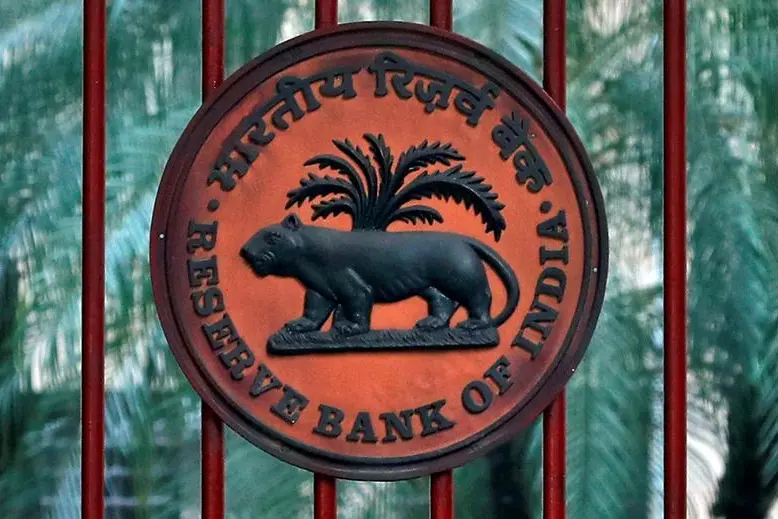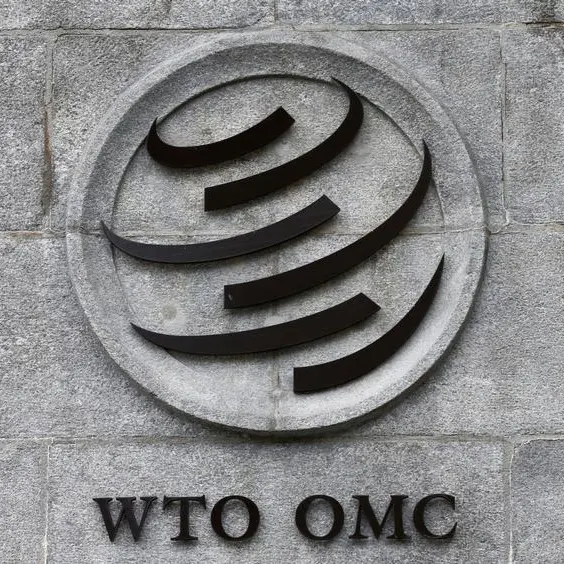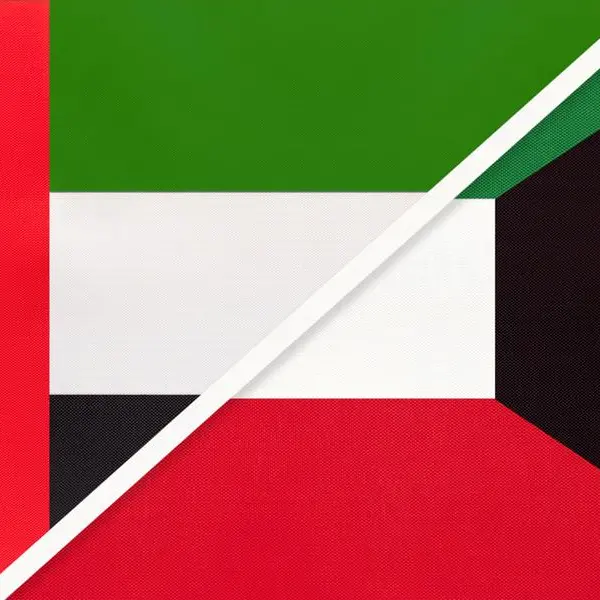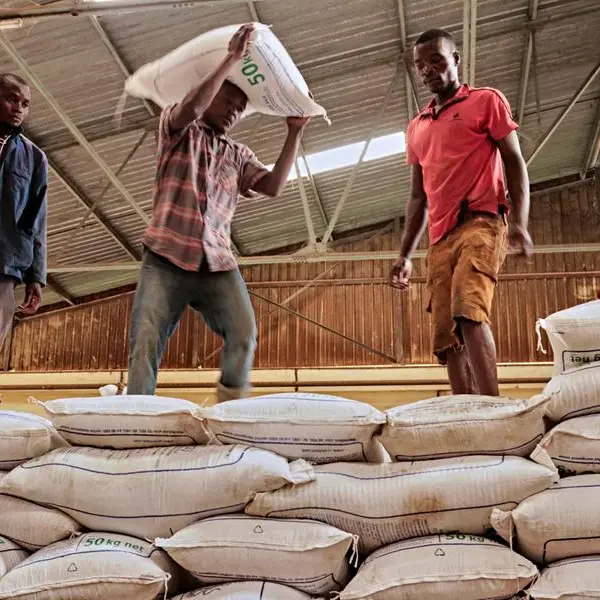PHOTO
MUMBAI - India is raiding its central bank at a timely moment. Prime Minister Narendra Modi’s government will receive about $25 billion from the Reserve Bank of India. It could help a much-needed fiscal stimulus effort, but New Delhi’s challenge is to deploy the funds wisely.
The windfall, disclosed on Monday, is a mixture of a regular dividend and excess provisions. It's nearly twice as much as the government had budgeted and is the result of pressure last year to hand over more of its capital reserves. Despite an ongoing struggle over independence, the RBI has enough of a cushion to part with the money.
Its balance sheet capital amounts to about 26% of the $500 billion of assets it held as of June 2018. More than two-thirds sits in an account generated by the rise and fall in the value of foreign currency and gold holdings. Those funds will be left untouched. The rest is mostly retained profit after paying an annual dividend to the government.
The total, after deducting some already paid, amounts to an extra 0.3% of GDP for the fiscal year ending in March 2020, Credit Suisse analysts estimate. There were earlier hopes that the RBI could fund an even bigger cash infusion to state lenders, which dominate the system, helping them write off bad loans and prepare to support a fresh round of business investment. The new finance minister, Nirmala Sitharaman, last week accelerated a nearly $10 billion recapitalisation.
Demand for credit is muted, however. Another problem is that infusions into state banks will remain a recurring cost unless corporate governance is overhauled, allowing bosses to serve longer terms and devising smarter ways to pay staff. The government and Life Insurance Corporation of India have pumped 3 trillion rupees ($42 billion) into public sector banks over the last six years, according to research outfit India Ratings, but the value of their stakes has not kept pace.
Such aggressive plans may be rather ambitious. In a slowing economy, the money could just as easily replenish a tax revenue shortfall, even as companies lobby for bigger cuts. That would be a disappointing use of rainy-day funds.
CONTEXT NEWS
- The Reserve Bank of India said on Aug. 26 it had agreed to transfer about 1.8 trillion rupees ($25 billion) to the government.
- The funds include a dividend of 1.2 trillion rupees, of which 280 billion rupees has already been paid as an interim distribution. The remaining amount will come from the central bank’s excess risk provisions.
- The government had estimated it would receive a dividend of about 900 billion rupees from the central bank in the current year.
- The RBI agreed to the recommendations to overhaul the bank’s capital framework from a committee led by Bimal Jalan, a former central bank governor. It advised the RBI to keep a contingent risk buffer of between 5.5% and 6.5% of its balance sheet. The bank opted for the low end.
(Editing by Jeffrey Goldfarb and Katrina Hamlin)
© Reuters News 2019












